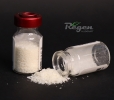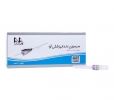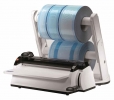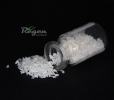This month in Implants Today, we have 2 unique articles written from 2 different perspectives. The first is a retrospective article written by arguably one of the most recognized and respected clinicians in dentistry, Dr. Gordon Christensen. In his article that was requested via a special invitation from our editor-in-chief, Dr. Damon Adams, Dr. Christensen shares some amazing insights gained from his many years of experience in placing and restoring dental implants. The second article is a unique consensus summary from multiple clinicians, Dr. Steven Williams et al, on various aspects of implant treatment.
I would like to highlight some key points from each article in this month’s Implants Today introduction. Dr. Christensen takes his 35 years of implant experience and comments on such topics as connecting implants to natural teeth, recommended implant cements, the use of guides, digital or conventional impressions, and more. These are all very important topics, and the article highlights the multi-dimensionality of the dental implant treatment arena.
Dr. Christensen also discusses the concept of screw-retained vs cement-retained implant crowns as well as custom vs stock abutments. When you think about it, every crown is a cement-retained crown, with the difference being if the crown is cemented in the mouth or in a dental laboratory. It seems the advantages of a screw-retained crown with an abutment cemented in the lab has certain advantages. These advantages include a pre-created access hole and also knowing that there is no chance of cement entering the gingival sulcus at placement. With the advent of zirconia, as Dr. Christensen mentions, the emergence profile can be created with a tissue-friendly material.
The Williams et al consensus article covers such topics as sinus treatment, drilling protocols, and full-arch treatment options. With respect to drilling protocols, this article discusses how implant design has reduced the drilling sequence needed for placement. Self-tapping implant thread technology has allowed this, along with increased stability, which affects various aspects of implant treatment.
In these 2 excellent articles, the combination of unique perspectives offers some great insight into the comprehensive world of implant treatment. As you read these articles, think about how each topic mentioned interrelates with respect to implant treatment.








